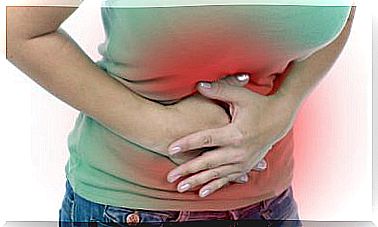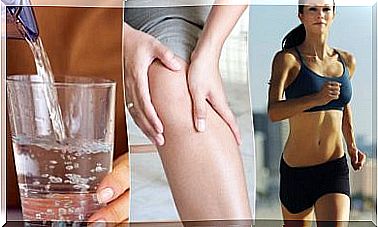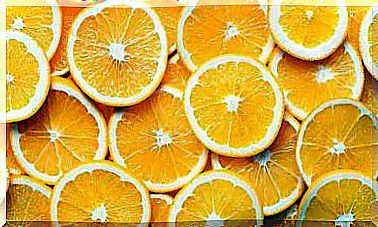Pneumonia: Symptoms And Complementary Natural Remedies
Have you ever suffered from pneumonia? If so, you already know the seriousness of this situation and, above all, the importance of being forewarned and knowing how to recognize the accompanying symptoms. Although anyone can suffer from it, it is more dangerous in children and the elderly.
Although there are natural options to alleviate symptoms, the doctor will always be responsible for determining the procedure, as the case may be. With this in mind, in this article you will find simple natural tips that can be used to complement the treatment and improve your health in a comprehensive way. Discover them below.
What Causes Pneumonia?
Pneumonia is a very common and fairly common disease among the older population. It is they, precisely, who are most at risk. This is because, over the years, the immune system weakens and becomes more vulnerable.
According to a publication from the Mayo Clinic, it is an infection in the lung caused by the presence of various microorganisms, such as viruses, bacteria and fungi, which attack the alveoli, causing them to become sick and inflamed. The most common bacteria is pneumococcus.
This is a simple example to understand it better. Our airways have natural defense mechanisms that prevent bacteria from reaching the lung every day. The first thing we do to “repel” them is cough. Then, we have numerous cells that offer us immunity and protect us against those little enemies from the outside.
But what happens when we have pneumonia? Normally, this occurs when the immune system is somewhat weak. At that time, the bacteria more easily reach the alveoli and, as a result, disease occurs.
What symptoms does pneumonia usually have?

Symptoms of pneumonia vary depending on the type of microorganism that causes it. There are mild cases, in which there is no sign of the condition, and more serious cases in which hospitalization is required. According to the A American Lung Association, red flags may include:
- Cough, which can produce greenish, yellow, or even bloody mucus.
- Fever, sweating, and chills.
- Difficulty breathing.
- Rapid, shallow breathing.
- Sharp or stabbing chest pain.
- Loss of appetite, low energy, and fatigue.
- Nausea and vomiting, especially in young children.
- Confusion, especially in older people.
It is worth mentioning that there are two types: bacterial and viral pneumonia. The first is usually the most serious and its symptoms can appear from one moment to another. Most commonly, a fever of up to 105 ° F, sweating, and increased breathing and pulse are present.
On the other hand, in viral pneumonia, the initial symptoms are similar to those of influenza: fever, dry cough, headache, muscle pain and weakness. These usually get worse after a day or two.
As you can see, the symptoms are very characteristic. They are considered serious if the pulsations are very fast, if they feel suffocated or even if there is loss of consciousness. High fever is also dangerous; therefore, if you have any doubts, do not hesitate to go to the doctor. And once again, remember: watch out for children and the elderly.
Complementary natural remedies for pneumonia
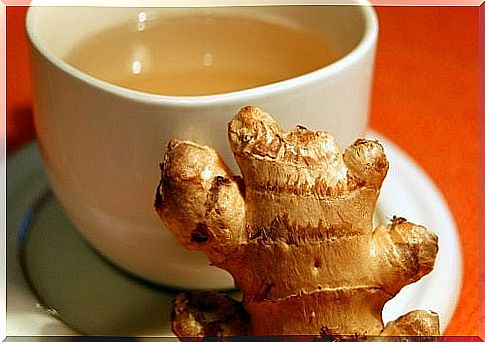
As we already mentioned, the doctors will be the ones who give the guidelines on the treatment that should be followed to mitigate pneumonia. However, you can follow these simple guidelines at home to start feeling better. Take note!
1. Steam baths
They basically serve to clear and reduce inflammation. The hot steam from a bath will progressively remove the resistance of the mucus in the alveoli and will also be helpful in opening the airways, which will offer relief.
What should you do?
- Fill the bathtub with very hot water.
- Then add a cup (200 grams) of coarse salt, plus two glasses of hydrogen peroxide (about 400 ml).
- The next step is to relax in the water and breathe normally, enveloping yourself in the steam.
- You can enjoy this steam bath every day for 20 minutes.
2. Ginger infusion
From a medicinal point of view, ginger is a very beneficial natural plant for the body. Regarding its properties, an article by Pennington Biomedical Research Center points out that ginger has anti-inflammatory and analgesic effects that make it useful for reducing pain.
What should you do?
- Add a few pieces of fresh ginger to a pot of boiling water.
- Then simmer for about 20 minutes.
- After this time, strain and serve with honey and lemon (optional).
- You can drink this infusion as many times as you want.
3. Garlic and onion drink
We know that the combination of onion and garlic can have a bad taste and it will surely not leave you a very pleasant breath. However, it is said that it could be an effective remedy for treating pneumonia symptoms, thanks to the antiviral and antibacterial properties attributed to these two foods.
What should you do?
- Chop two garlic and about 50 grams of very fine onion and add it to a glass of natural water. If you want, you can also include a tablespoon of honey.
- Mix everything very well and drink it in the morning.
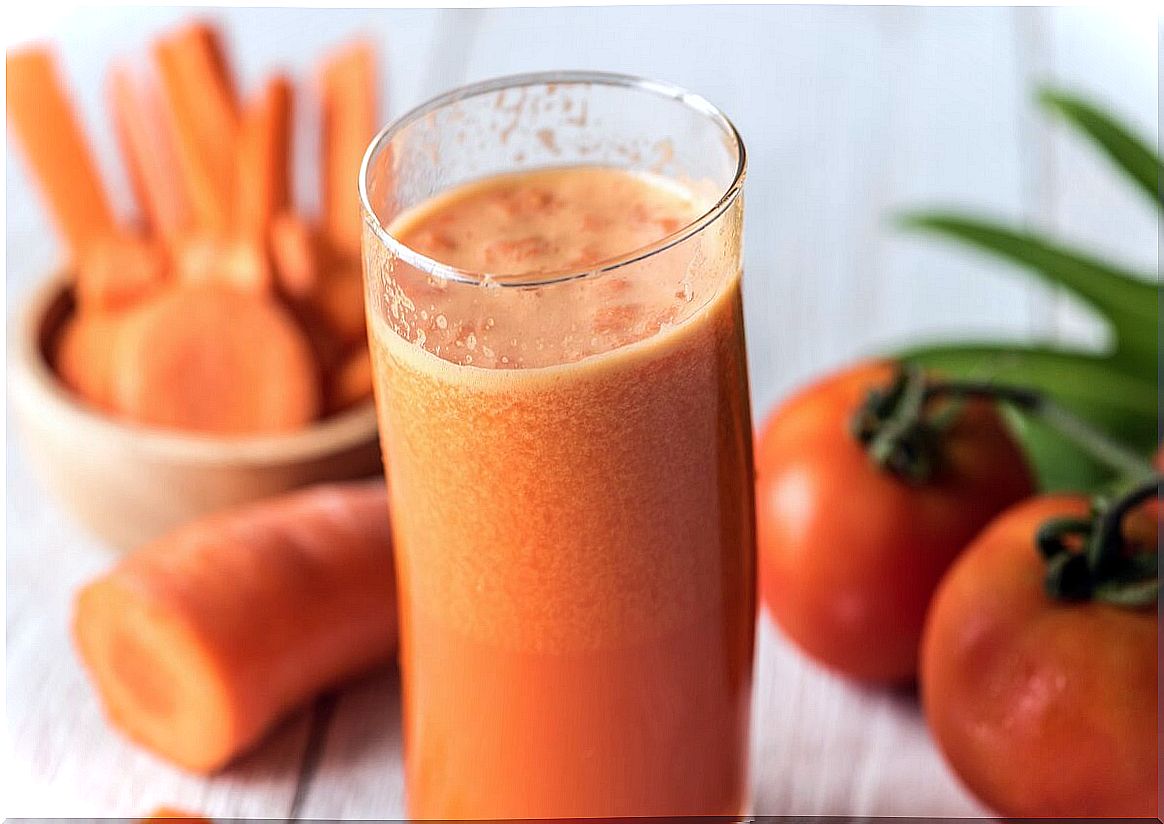
4. Carrot juice
Before your dinner, it would be ideal if you prepared this simple carrot juice. Why the carrot? As indicated by the Institute of Pulmonary Health, this vegetable helps strengthen the lungs and, in addition, its antioxidants could help repair damaged tissue. In addition, they contain vitamin A, calcium, iron, magnesium, potassium, phosphorus and B complex vitamins.
What should you do?
- Pour a glass of water and 2 carrots into the blender.
- Blend until you have a homogeneous mixture and drink once a day.
As you can see, these remedies are very simple to perform and can be useful to alleviate the symptoms of pneumonia. However, it is worth remembering that we are talking about a considerable respiratory disorder that, treated in time, can be overcome without problems. Therefore, at the first symptoms, consult your doctor about the measures to follow.



